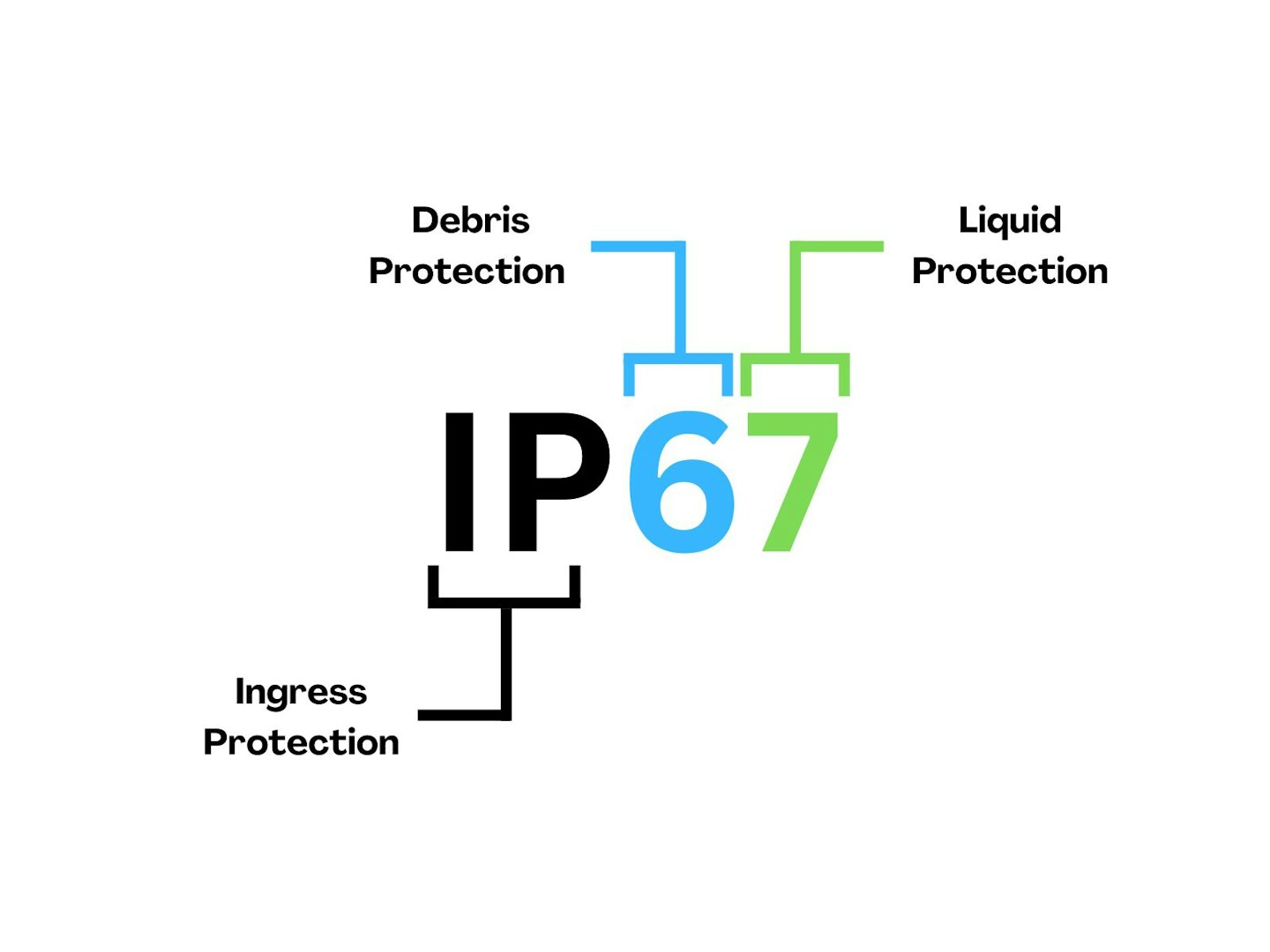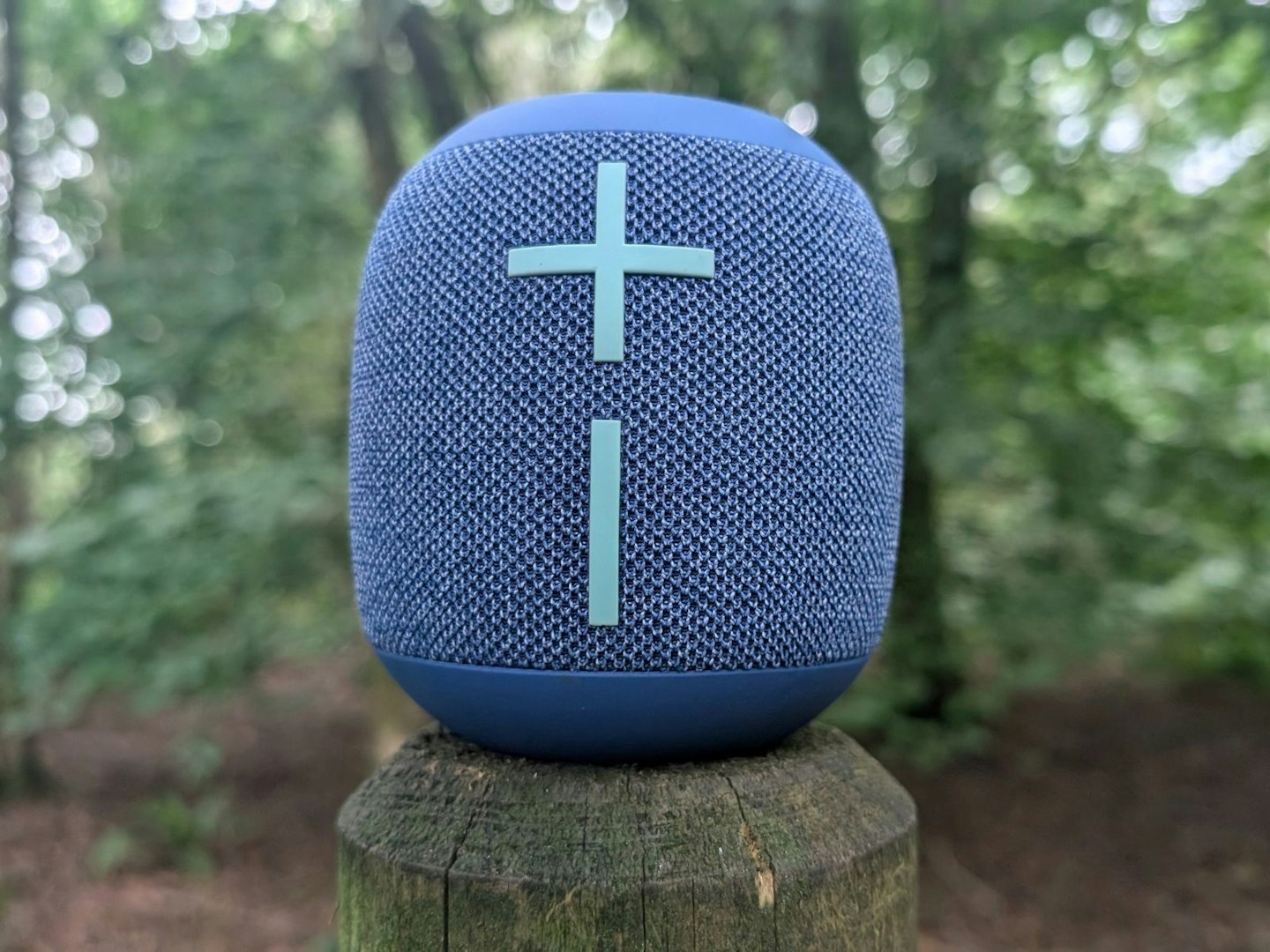For those who have recently picked up or are looking for one of the best speakers of the year, you've probably come across IP ratings. But what exactly is an IP rating? In this brief article, our experts will cover exactly what you need to know about IP ratings, and help you figure out if your trusty speaker is equipped to survive lashings of rain or not.
A crucial part of the best outdoor speakers, IP rating or Ingress Protection rating, is a quick and easy way of determining how effective an electrical product is at defending against water and dust damage. Typically, any dirt or water elements that might invade a gadget's internal hardware would cause catastrophic failure, but a well-designed speaker with a strong IP rating can endure the worst weather thrown at it.
The Ingress Protection rating was established in 1976 in London, England by the International Electrotechnical Commission (IEC) as a method of universally classifying the protection capabilities of devices against water, dust and debris. Now located in Geneva, Switzerland, the IEC's IP rating system is used to classify electrical products across the world, which is incredibly useful for ensuring customers are aware of just how tough their speaker is.
The quick version
IP (Ingress Protection) rating indicates a device's resistance to dust and water. It's measured by two digits: the first for dust protection (up to 6) and the second for water (up to 7). The higher the number, the better your device will fare in challenging environments.
How to read an IP rating

An IP rating is composed of two numbers, indicating a degree of protection against water and debris (including dust). As illustrated in the above image, the first number represents debris protection, which is all manner of solids that might typically damage electronics.
Debris predominantly refers to dust, which can clog a speaker's grill and accumulate on hardware, eventually causing performance issues. It also includes protection against tougher objects such as nails, wires and even insects which might find their way into a speaker. The higher the number, the stronger a device's protection against debris is, its highest possible rating being a six.
The second digit refers to a device's ability to protect against liquids and moisture, which pose a larger threat to speakers than debris often does. As with protection against solids, the higher the digit representing liquid protection, the stronger overall a device is against liquids.
The highest overall protection rating against liquids is 9K, which is highly unlikely in typical commercially available electronics but protects high-pressure water and steam cleaning. For most waterproof technologies such as speakers, you'll find that they sit comfortably at around an IP rating of seven, which allows products to survive complete immersion in water for up to 30 minutes at a depth between 15cm and one metre.
IP rating system: debris protection rating
To give you a better idea of how IP rating systems work, here's a table of ratings and their meaning, bearing in mind that most commercially available electronics have at least between 4-6 debris protection rating:
| Debris Protection Rating | Rating Meaning |
|---|---|
| 0 or X | The electronic has not yet been rated for protection against debris |
| 1 | Very minimal debris protection – protected against hand contact |
| 2 | Protected against objects larger than 12mm, including fingers |
| 3 | Protected against tools, wires and other solid objects |
| 4 | Protection against small objects larger than 1mm, sharp tools and insects |
| 5 | Partially protects against dust and particulates |
| 6 | Full dust and particulate protection |
IP rating system: liquid protection rating
For the second digit, here are the liquid protection ratings and their meanings, a majority of waterproof devices have a liquid protection rating of approximately 4-8:
| Liquid Protection Rating | Rating Meaning |
|---|---|
| 0 or X | The electronic has not yet been rated for protection against liquid or moisture |
| 1 | Some protection against droplets and condensation |
| 2 | Protection against dripping water |
| 3 | Protected against sprays of light water and moisture |
| 4 | Protection against splashes of water for up to ten minutes |
| 5 | Protected against low-pressure water jets |
| 6 | The device is protected against high-pressure water jets |
| 7 | The device can be fully immersed in water for up to 30 minutes at a depth between 15cm and 1 metre |
| 8 | Protection against full water immersion at high pressure for extended amounts of time |
| 9K | Can endure high-temperature, high-pressure jet sprays of water and steam cleaning |
What devices typically have an IP rating?
IP ratings are typically given to devices that are used outdoors, where they can be exposed to the elements. We find that speakers typically display their IP rating proudly on their specifications to indicate their hardiness, but there's much more than just speakers.
Even the best smartphones have IP ratings, as well as tablets, smartwatches, outdoor cameras and other devices designed to be used on the go. If you're planning on going on an outdoor adventure any time soon, chances are you might need some technology that isn't going to falter at the first drops of rain, which is why an IP rating is so important.
Interpreting IP rating

To help understand how to read IP ratings further, here's an example of a waterproof speaker with an IP rating ready to be interpreted. In our Ultimate Ears Wonderboom 4 review, we dove into the hardiness of this small but mighty speaker.
The Ultimate Ears Wonderboom 4 has an IP67 rating: a six in debris protection means that it is completely dust and particulate-proof, and a rating of seven suggests that the device can be fully immersed in water for up to 30 minutes up to one metre without being damaged.
This makes the Wonderboom 4 and other speakers and technology with the same IP rating a spectacular, rugged choice for camping and outdoor activities, where the weather can be unpredictable.
Verdict: how important is an IP rating?
When buying a speaker or other electronics, an IP rating should be a fundamental part of your research. Not only does it determine your device's ability to survive in tough weather conditions, or outlast a particularly rowdy party, but it also ensures that your device has long-term protection, meaning that your investment into technology isn't going to be wasted.
Most portable technology is or is becoming waterproof over time, even cheaper speakers, but only the best speakers have high IP ratings, so it's up to you to find the ultimate deals in your price range. If you're struggling to find deals without some assistance, our best waterproof speakers article is bound to lend a helping hand.
Ryan Houghton is a commercial content writer for What’s The Best, known best for his expertise in gaming, with a particular soft spot for PC gaming, audio tech, televisions and smartphones.
Diligently writing for What’s The Best for almost two years, there are very few tech products Ryan hasn’t had his hands on to review; televisions, headphones, folding phones and even LEGO, if it’s nerdy, he’ll be there.
His well-versed history as one of the resident techies at What’s The Best has kept him keen to uncover the very best deals, savings and offers for those in need of a cracking deal to upgrade their setup.
In his downtime, Ryan most likely has his nose buried in a fantasy book, or his eyes glued to a screen whilst playing a tough-as-nails Soulslike or leisurely RPG, indulging in most forms of escapism where possible.
Subscribe to the What’s The Best Newsletter to keep up to date with more of the latest reviews and recommendations from the rest of the What’s The Best team.
